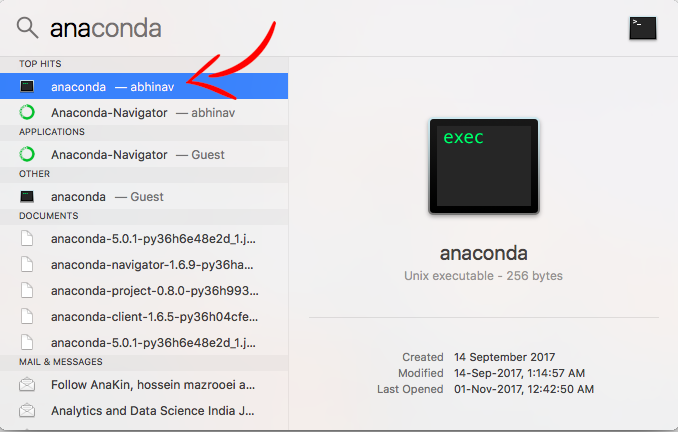

If I run python3 through terminal, plotting graphics works just fine as well. The only way I manage to plot graphics in a separate window is to start Spyder with IPython console "graphics backend" set to "inline" and then change it to "automatic". The issue also persists after restarting Spyder. However, if I open new consoles they don't work at all. When I start Spyder with the "inline" option and switch to "automatic", the opened kernels function just as expected. Spyder > Prefernces > IPython Console > Graphics > Graphics Backend > inline, or automatic I installed the native version of python3 through miniforge (Apple version) and Spyder (Intel version) through homebrew and everything is working just fine for me with one exception, I've observed one strange behaviour when setting the "graphics backend" option to "automatic" instead of "inline". Some of the steps you wont need to repeat (e.g., creating an anaconda environment). You can modify them if you dont need some of the steps.
Anaconda mac mac#
These instructions are for creating a self-contained Mac app, including all dependencies, with GRASS 7.9 and Anaconda. I also have only done minimal testing using the conda's pip, and how well it recognizes/tries to download/resolves M1 vs x86 pip packages. Using Anaconda to Create a Binary Mac App for GRASS.

(I'm guessing this would work, but haven't tried). I'm also not sure/haven't tested whether you can mix and match M1 wheels with x86 mac wheels. I've not tested this too extensively yet, and I'm not sure exactly what happens if a non-M1 wheel is available (I believe it will default to downloading a no-arch version). (look for supporting platform 'osx-arm64` eg numpy) Various installers for their Miniforge (via direct download, curl or homebrew) can be found on their github page (above) - the direct link to the ARM native miniforge installer is here.Ī quick search on conda-forge show's almost all common modules do now have native M1 wheels available. However, as steff above mentioned, conda-forge (as in the group responsible for maintaining the conda-forge channel) do have a installer for their version of conda that is itself both native M1, and also sets up your environment to pull M1 native wheels where available. It seems Anaconda still do not have a native M1 version, nor does Miniconda.I can't figure out why it's taken so long and neither still seem to have native M1 support, but that's a separate issue.
Anaconda mac install#
This will install an M1 native conda, and that conda's default environment will by default install M1 native python versions and M1 native versions of modules (if available).Installation is simple - run the installer, and you have conda up and running.The conda-forge group have a M1 native conda installer here.The permission errors should disappear afterwards.

Anaconda mac full#
One may add an executable to System Preferences > Security & Privacy > Privacy > Full disk access (see this q&a), but since too many execs may be involved, it's much simpler to create a new folder (e.g Development, Dev, Anaconda-Dev etc.) in your user folder and move your dev files & folders in there. I had no problems to execute scripts in subfolders of Documents though. Path: /Users/admin/opt/anaconda3/python.app/Contents/MacOS/python Violation: System Policy: deny(1) file-read-data /Users/admin/Documents Here is a related syslog entry me trying to execute or open some script/file in $USER/Documents/ with Spyder/iPython: Sandbox: python(2233) System Policy: deny(1) file-read-data /Users/admin/Documents The problems observed are related to the new system policy for user owned "system folders" like Documents, Desktop etc.


 0 kommentar(er)
0 kommentar(er)
